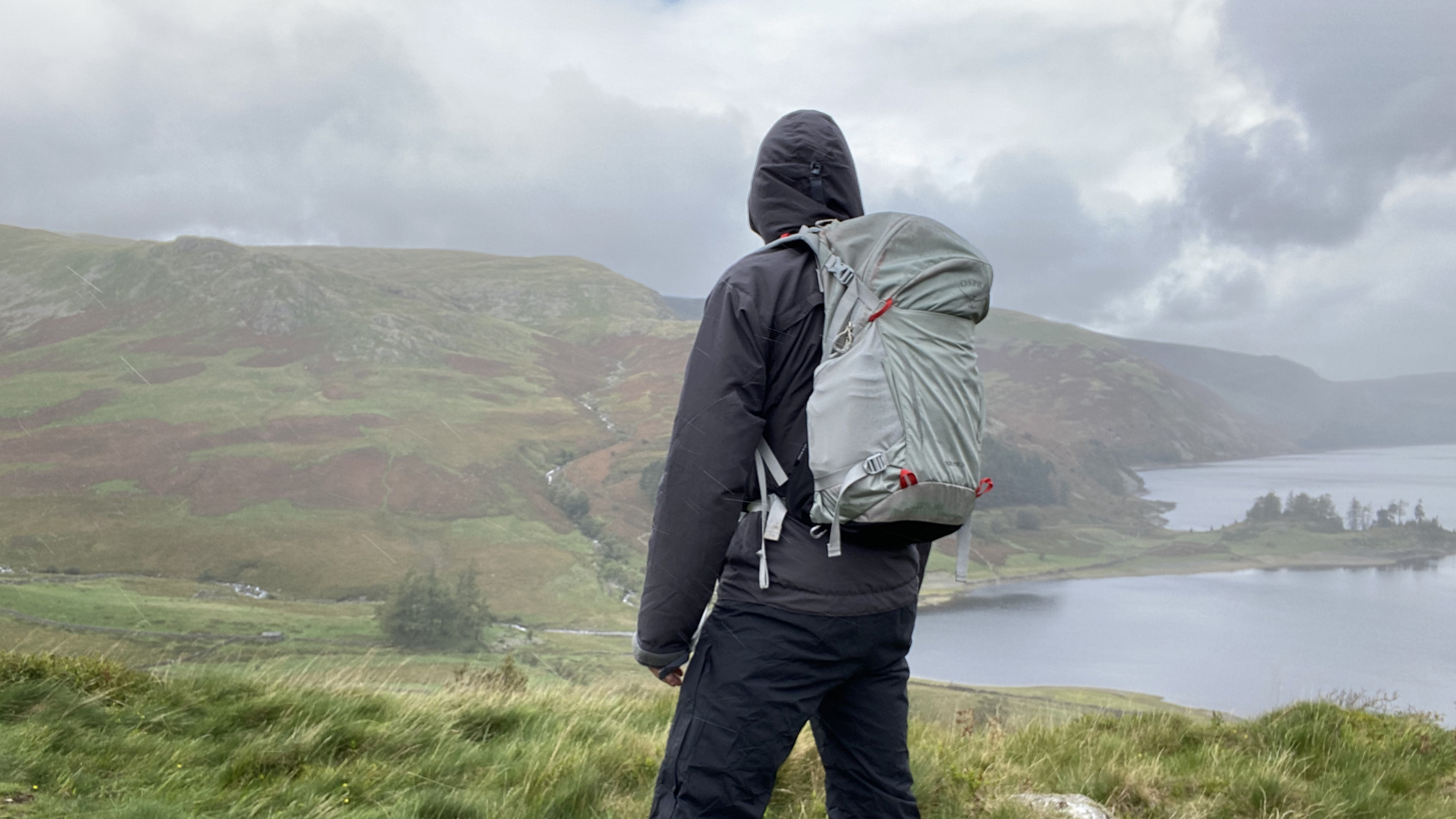Advnture Verdict
With its clean, unfussy design, useful features and good looks, the Hikelite 26 is a solid little daypack that's great for everyday use. Its on-the-go storage options are a real plus, the back panel is nicely ventilated and Osprey’s usual design flair is obviously apparent. When fully loaded and hauled around the mountains, I found it wasn’t as comfortable as some, while I managed to break the chest strap very early on during the test, leaving something of a question mark over its durability. However, for casual use, it’s a super little pack.
Pros
- +
Unfussy, lightweight design
- +
Nicely ventilated back panel
- +
On-the-go external storage options
- +
Hydration pack compatible
- +
Nice touches like the integrated safety whistle
- +
Also available in 32L, 28L and 18L volumes
- +
100% recycled main fabrics
Cons
- -
Durability issues
- -
Hip belt a little uncomfortable when pack is full
- -
Unsuited to winter walking
You can trust Advnture
Osprey’s daypack armada is substantial and singling out which pack is best is nigh on impossible, as it really comes down to personal preference and planned use. Nevertheless, if you’re in the market for a good value, minimalist daypack that gives you everything you need for fuss-free, casual days on the trail, look no further than the Hikelite 26.
Osprey Hikelite 26: first impressions
Straight away, it was apparent that the Hikelite is very much a standard daypack. It’s uncomplicated; everything is where it should be, everything makes sense straight away. I experienced none of the “I wonder what this does?” moments I often have when checking out a new pack. If it was a hiking boot, I’d describe it as something like “comfortable, right out of the box.” It immediately gave me the impression of a clean, unfussy and highly useable pack at a good price.
• List price: $130 (US) / £100 (UK)
• Weight (empty): 800g / 28oz
• Volume: 26L (18, 28 and 32L versions also available)
• Size: 51cm x 31cm x 25.5cm / 20in x 12in x 10in
• Variations available: Unisex, one size
• Back length: 51cm / 20in
• Materials: Bluesign approved 100% recycled 100D high-tenacity bird eye nylon, DWR treatments made without PFAS
• Colors: Black, Atlas Blue, Sangria Red, Pine Leaf Green, Escapade Green, Silver Lining
• Compatibility: All standard day hiking, from casual walks to mountain peak-bagging escapades – plus it’s great for wear around town too
Osprey say that the Hikelite series “bridges the gap between everyday packs and outdoor packs”. This is spot on, as I found myself turning to it for all manner of outings, from hillwalking days and causal hikes, to shopping trips and family visits to the swimming pool.
A solid all-rounder then. It doesn’t pander towards more technical mountaineering use or boast features designed for mountain runners. This is, very much, a quintessential daypack. So, what makes this great little pack tick?
It’s always nice to kick things off with the environmental credentials. The Hikelite series features 100% recycled 100D high-tenacity bird eye nylon, as well as PFAS-free DWR (Durable Water Repellent) treatment. This makes it both hard-wearing and resistant to rain up to a point. When things get truly biblical, there’s the included rain cover – more on that later.

The Hikelite has a few things in common with some of Osprey's larger packs. The Airspeed suspended mesh ventilation panel keeps the wearer’s back away from the main fabric of the pack, allowing plenty of airflow. This makes it a good choice for hiking missions in warmer climes, particularly if you often work up a considerable sweat on strenuous ascents like I do.
There’s elasticated material at play on the padded shoulder harness, allowing that little bit of stretch for extra flexibility and comfort. Between both shoulder straps is the sternum strap, complete with integrated emergency whistle – a nice touch that’s found on all of Osprey’s hiking packs.
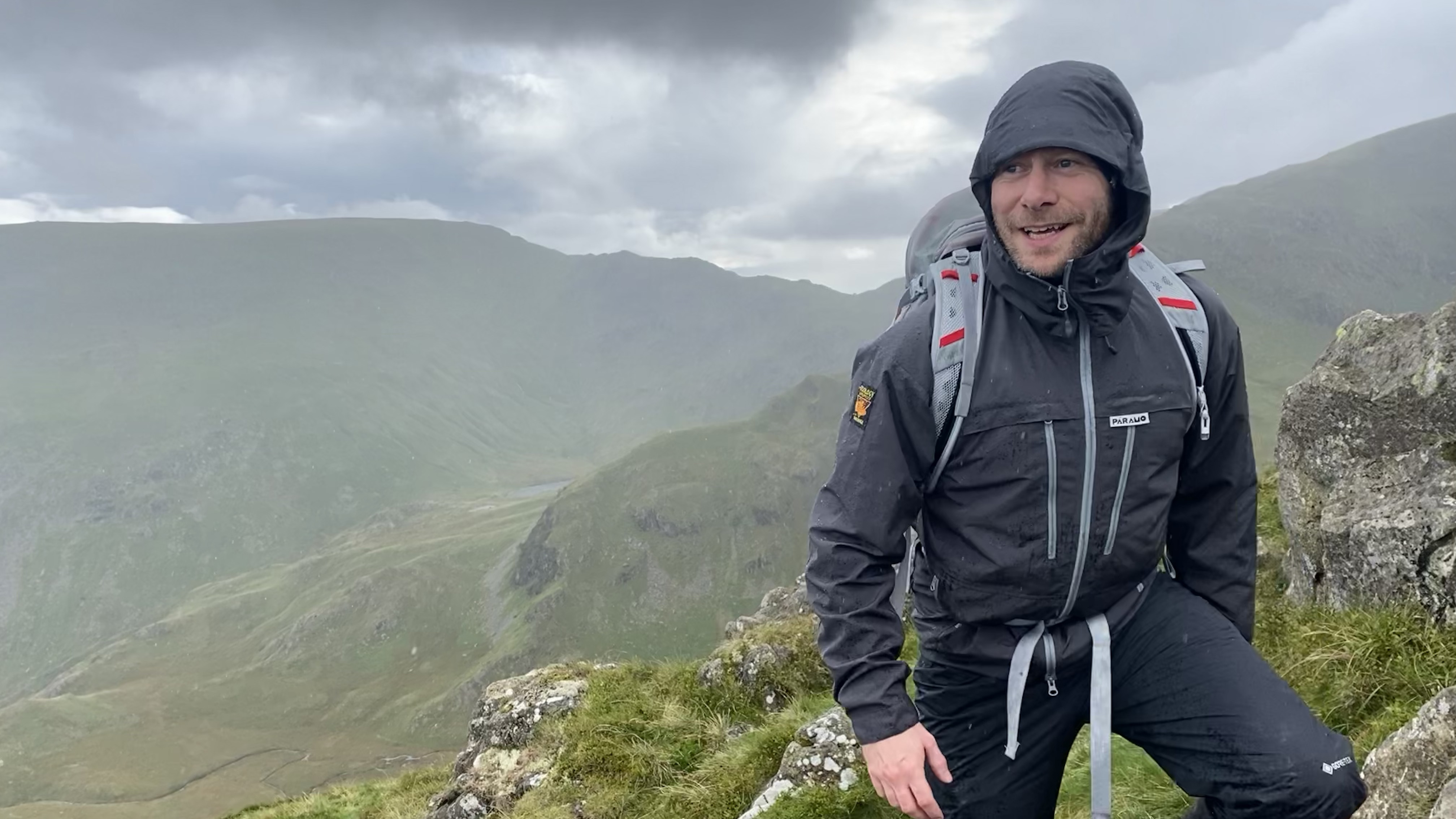
The sternum strap comes attached to a runner on each shoulder strap, allowing the wearer to move it up and down for optimum fit. However, early in my test, one of the plastic attachments that fix the sternum strap to the runners popped out and there’s no easy way to fix it back on (trust me – I’ve tried). This left me unable to use the sternum strap and raises a question about durability.
The smaller Hikelites (this 26L version and the 18L pack) have a removable hip strap, which gives additional support, spreading the weight of the pack and taking the burden off the shoulders. The two larger models (28L and 32L) have a padded hipbelt instead.
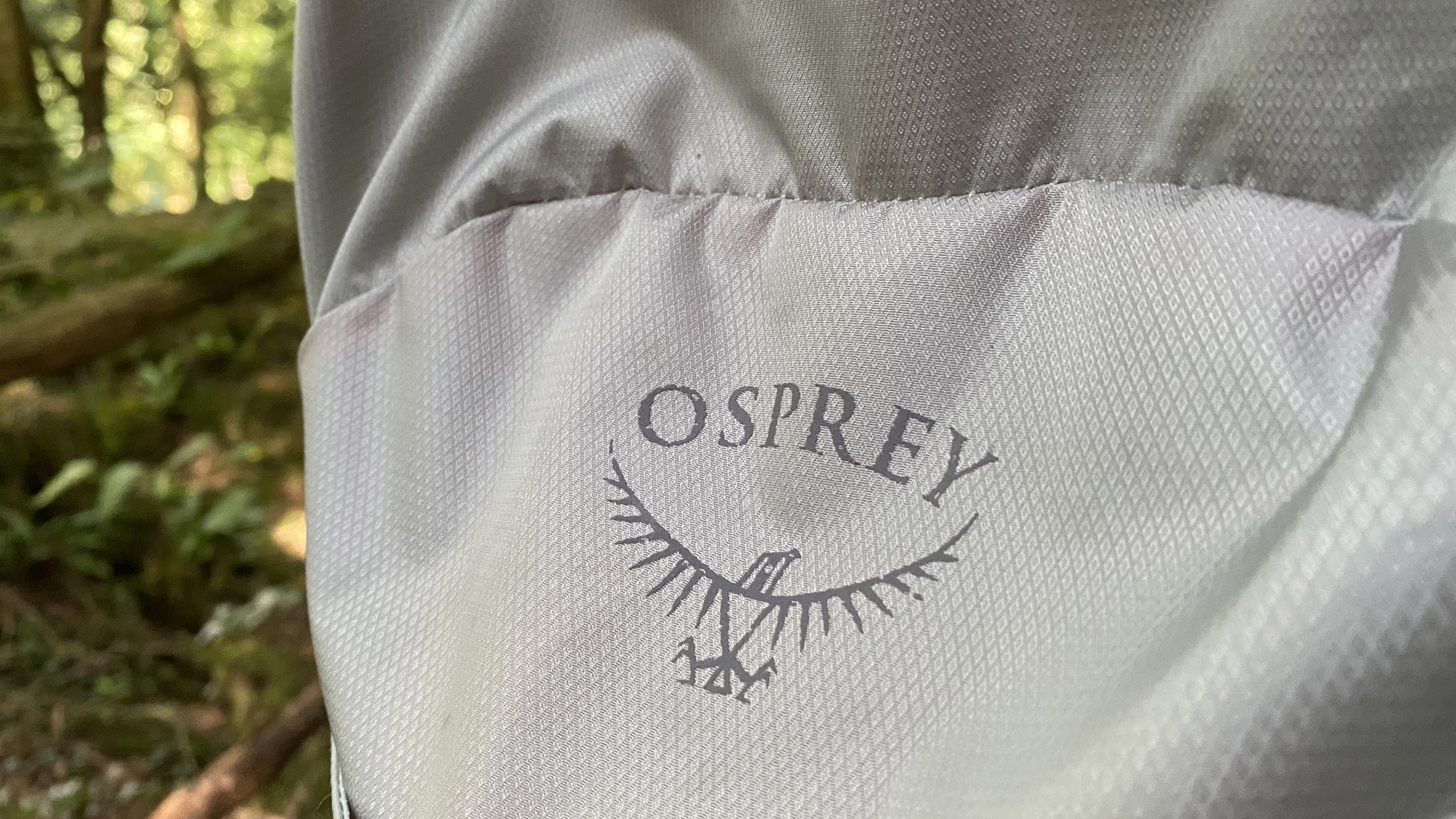
Storage wise, there’s the main compartment, which is accessed from the top and includes an internal sleeve, ideal for a hydration bladder. As you’d expect, there’s a slot for the drinking tube to exit the main body and elasticated straps to secure it to the harness, as well as an internal clip that’s compatible with Osprey Hydraulics bladders.
Rather than the fold-over lid seen on many larger backpacks, the Hikelite has a small, zippered pocket for valuables. There’s a little key clip here too and more than enough room for a smartphone.
The elasticated mesh side pockets offer easy to access storage and are large enough to fit a couple of drinks bottles. There’s also a gusseted fabric pouch on the front of the pack, which can be used for stashing items of clothing. Trekking poles can be threaded into loops on either side and secured using compression straps.
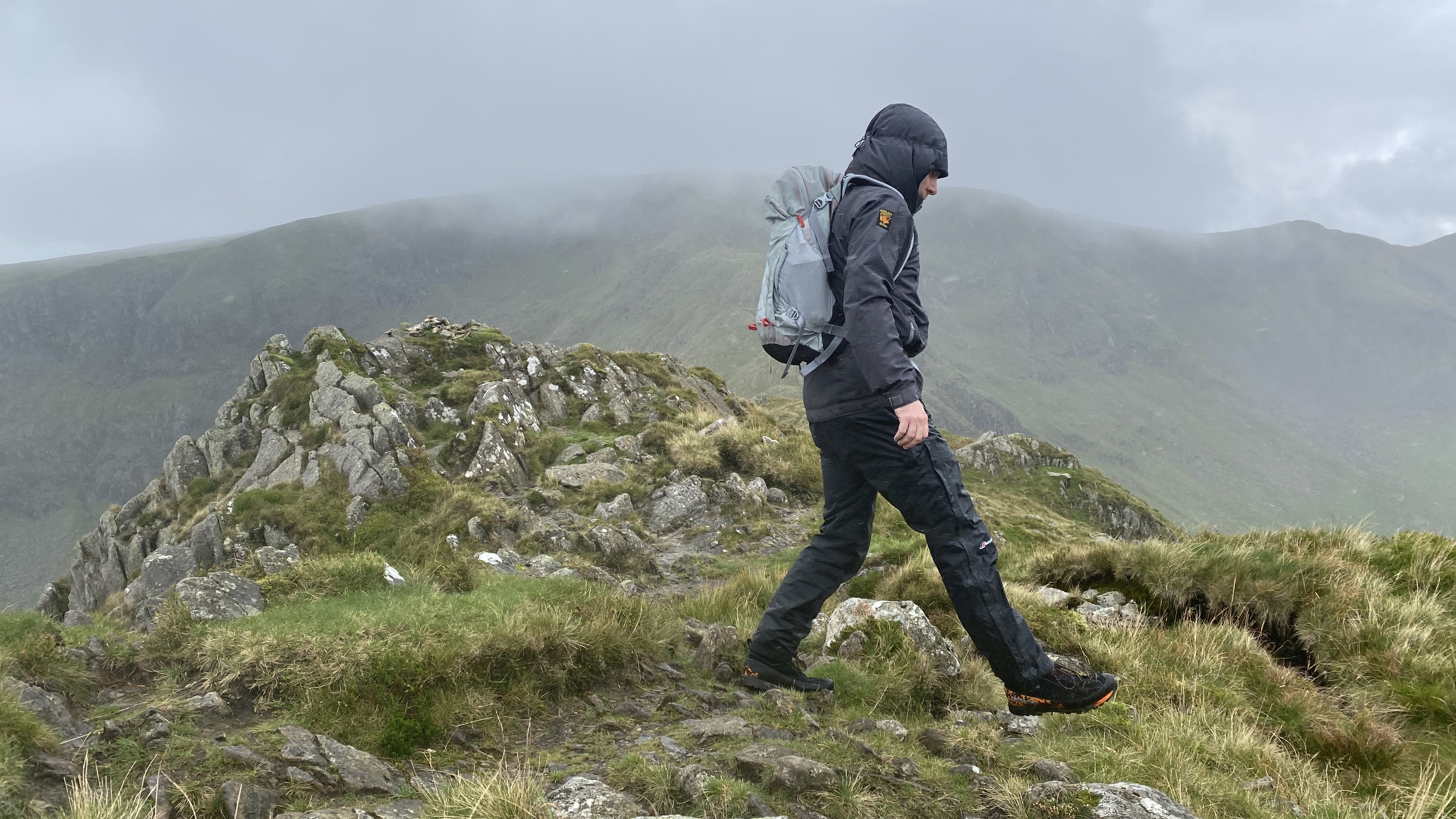
It’s fairly standard these days to find a rain cover included in a zippered compartment at the base of a pack. Myself, as well as pretty much all the mountain professionals I’ve spoken to about this, believe a better approach to keeping kit dry is to use smaller drybags within a pack.
There are several reasons for this, with the primary one being that the backcountry is littered with rain covers that have been blown off their parent pack and lost. Secondly, access to a pack’s compartments is severely limited when a cover is wrapped over it. From an organisational point of view, having items sorted into colored dry bags just makes loads of sense too.
Osprey Hikelite 26: in the field
Thanks to its grab-and-go usability, I shouldered the Hikelite countless times for all kinds of outings. First things first, it’s very lightweight considering its capacity and comfortable to carry. The ventilated back system made it ideal for hot summer walks; it was breezy where other packs might have been a sweaty mess.

On more mountainous hikes, I valued being able to spread the weight using the hip strap, though it was a shame I’d had the issue with the sternum strap so early in the test, which meant the fit wasn’t quite as comfortable as it could have been. Other than this, adjusting the harness was intuitive and easy to do on the move.
Days in the hills revealed the Hikelite to be capable, if not quite as well structured, balanced and comfortable as something like Osprey’s Manta 24, which I was testing in similar scenarios and settings during the same period. The lack of a padded hip belt meant the Hikelite was a little uncomfortable after a long day exploring the mountains. With this in mind I’d opt for the 28 or 32-liter versions for this kind of use.
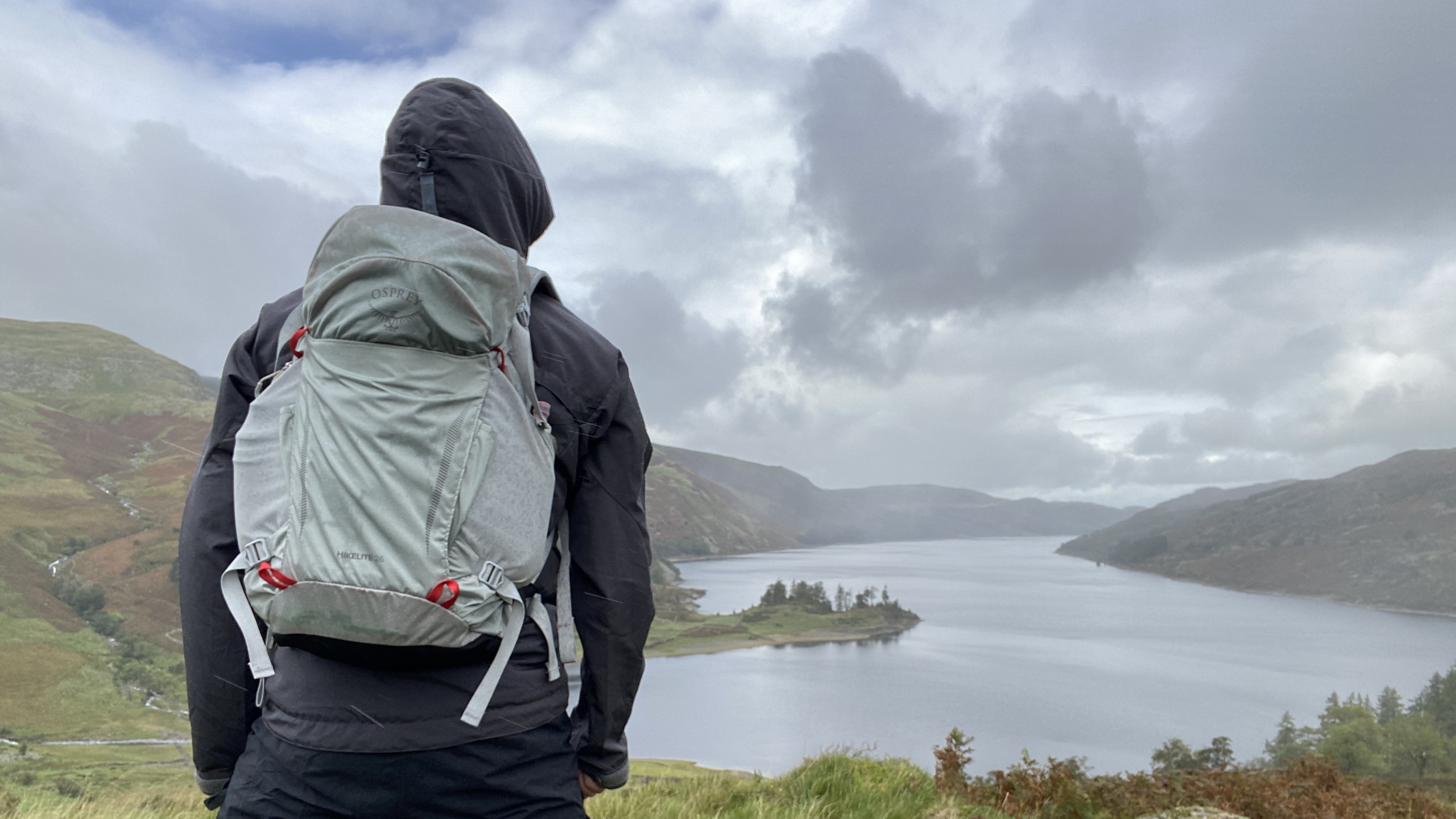
I really like the sizeable mesh pockets on either side, which are large enough to fit three 500ml soft flasks each, or to take two large insulated water bottles. This, along with the option of fitting a hydration bladder, gives the wearer loads of options in terms of easily accessible hydration.
The front stash pocket was also handy for things like quickly dumping a fleece jacket when things warmed up. Not having to unzip the main compartment to access mid layers meant I was able to move more efficiently.
My test period didn’t include winter walks, however I had a little play to see if the Hikelite 26 would accommodate an ice axe. The short answer is that it wouldn’t and nor is it designed too. If you want a pack to wear for winter walking above the snow line, a larger capacity daypack with ice axe compatibility is a must.
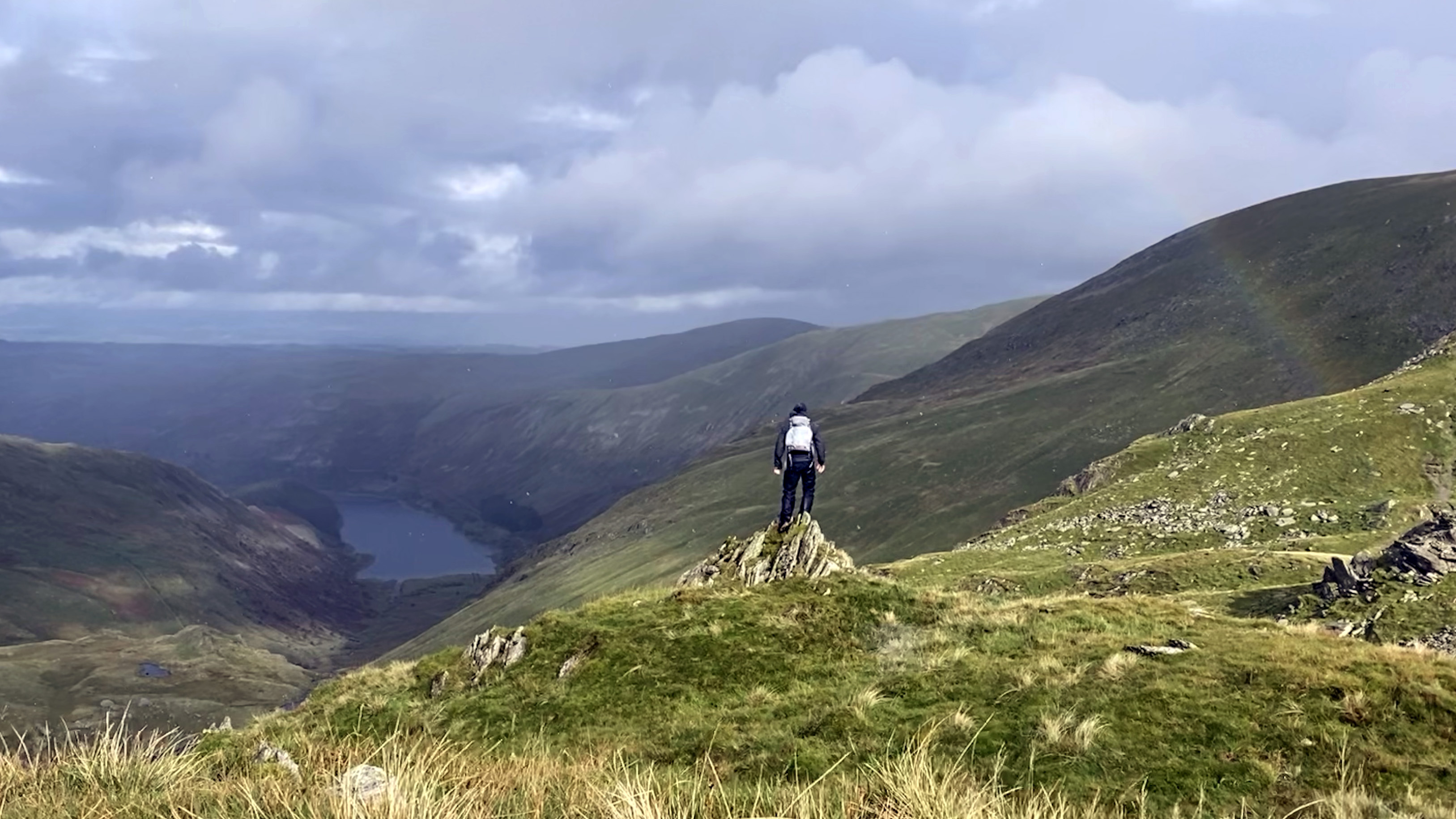
In summary, the Hikelite is a super little pack for everyday use and casual walks. However, when it comes to big days in the mountains, there are more suitable options out there.
Alex is a freelance adventure writer and mountain leader with an insatiable passion for the mountains. A Cumbrian born and bred, his native English Lake District has a special place in his heart, though he is at least equally happy in North Wales, the Scottish Highlands or the European Alps. Through his hiking, mountaineering, climbing and trail running adventures, Alex aims to inspire others to get outdoors. He's the former President of the London Mountaineering Club, is training to become a winter mountain leader, looking to finally finish bagging all the Wainwright fells of the Lake District and is always keen to head to the 4,000-meter peaks of the Alps. www.alexfoxfield.com
